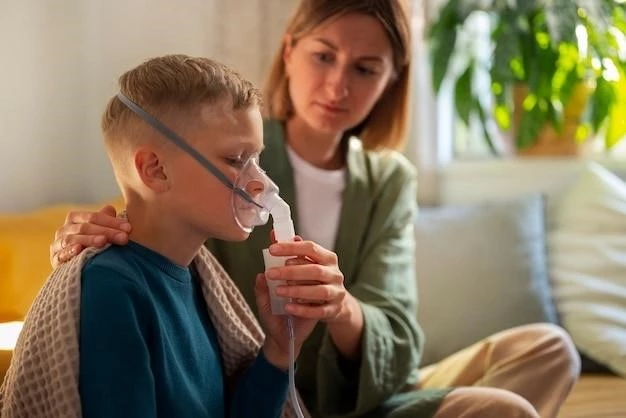Overview of Sudden Sniffing Death Syndrome
Dysrhythmia-induced sudden death, termed sudden sniffing death syndrome, is a well-described phenomena due to inhalant abuse. Common inhalants include chlorinated hydrocarbons, fluorocarbons, and toluene.
Dysrhythmia-induced sudden death, termed sudden sniffing death syndrome, is a well-described phenomena due to inhalant abuse. The primary cause is a lack of oxygen reaching the heart, leading to cardiac arrest or heart failure. Common inhalants include chlorinated hydrocarbons, fluorocarbons, and toluene.

Risk Factors and Consequences
Inhalant abuse poses a high risk of sudden sniffing death. The effects can include cardiac arrest, choking, suffocation, brain damage, and even long-term consequences. Inhalants are a silent epidemic among teens due to their accessibility and the rapid damage they cause to brain cells;
Description and Causes
Sudden sniffing death syndrome (SSDS) is caused by inhalant abuse, leading to dysrhythmia-induced sudden death. The primary cause is a lack of oxygen reaching the heart, which can result in cardiac arrest or heart failure. Common inhalants include chlorinated hydrocarbons, fluorocarbons, and toluene.
Inhalants Associated with SSDS
Inhalant abuse often involves chemicals like butane, propane, and aerosols, which can lead to sudden sniffing death syndrome. Inhalants make the heart more sensitive to chemicals, increasing the risk of fatal consequences.
High-Risk Chemicals
Butane, propane, and aerosols are common high-risk chemicals associated with sudden sniffing death syndrome. Inhalants like these pose significant dangers, increasing the likelihood of fatal consequences such as cardiac arrest and suffocation.

Prevalence and Mortality Rates
Inhalant abuse is associated with a significant risk of sudden sniffing death syndrome, resulting in a mortality rate that is a concerning consequence of this dangerous practice.
Statistics and Trends
Sudden sniffing death syndrome (SSDS) poses a serious risk as a leading cause of death among inhalant abusers. Nearly a quarter of people who try inhalants may succumb to SSDS, making prevention crucial.
Clinical Manifestations and Diagnosis
Gases sniffing can lead to visual hallucinations, changes in consciousness, euphoria, nystagmus, weakness, tremors, rapid recovery, sudden death, and brain damage. The highly concentrated chemicals in solvents or aerosol sprays can induce irregular and rapid heart rhythms.
Symptoms and Diagnostic Challenges
Inhalant abusers may experience visual hallucinations, changes in consciousness, nystagmus, weakness, tremors, and brain damage. Diagnostic challenges arise due to the sudden onset of symptoms and the difficulty in identifying inhalant abuse as the cause of these medical manifestations.
Prevention Strategies and Awareness
Efforts to prevent sudden sniffing death syndrome involve raising awareness about the dangers of inhalant abuse, especially among teenagers. Education campaigns, substance abuse programs, and parental involvement are crucial in preventing tragedies associated with inhalant use.
Education and Outreach Efforts
Educational initiatives play a vital role in preventing sudden sniffing death syndrome by increasing public awareness about the grave consequences of inhalant abuse. Outreach programs target communities, schools, and families to educate individuals about the dangers of inhalants and the importance of early intervention to prevent tragic outcomes.
